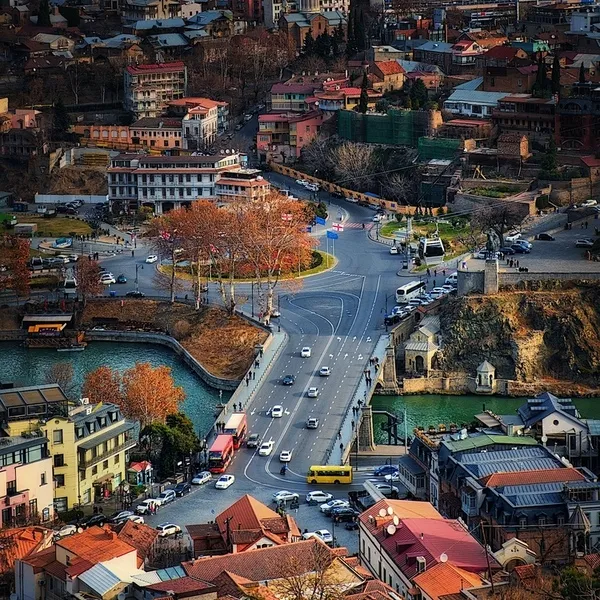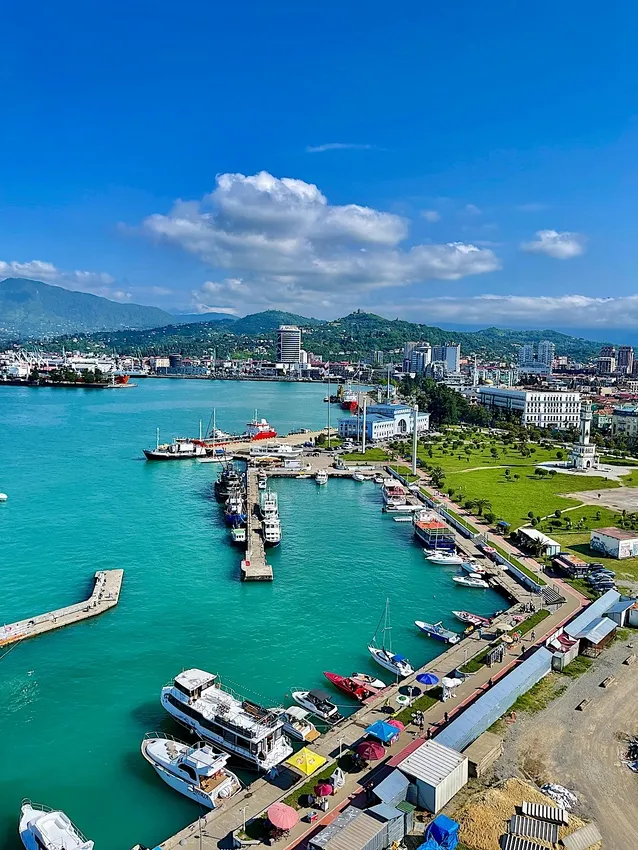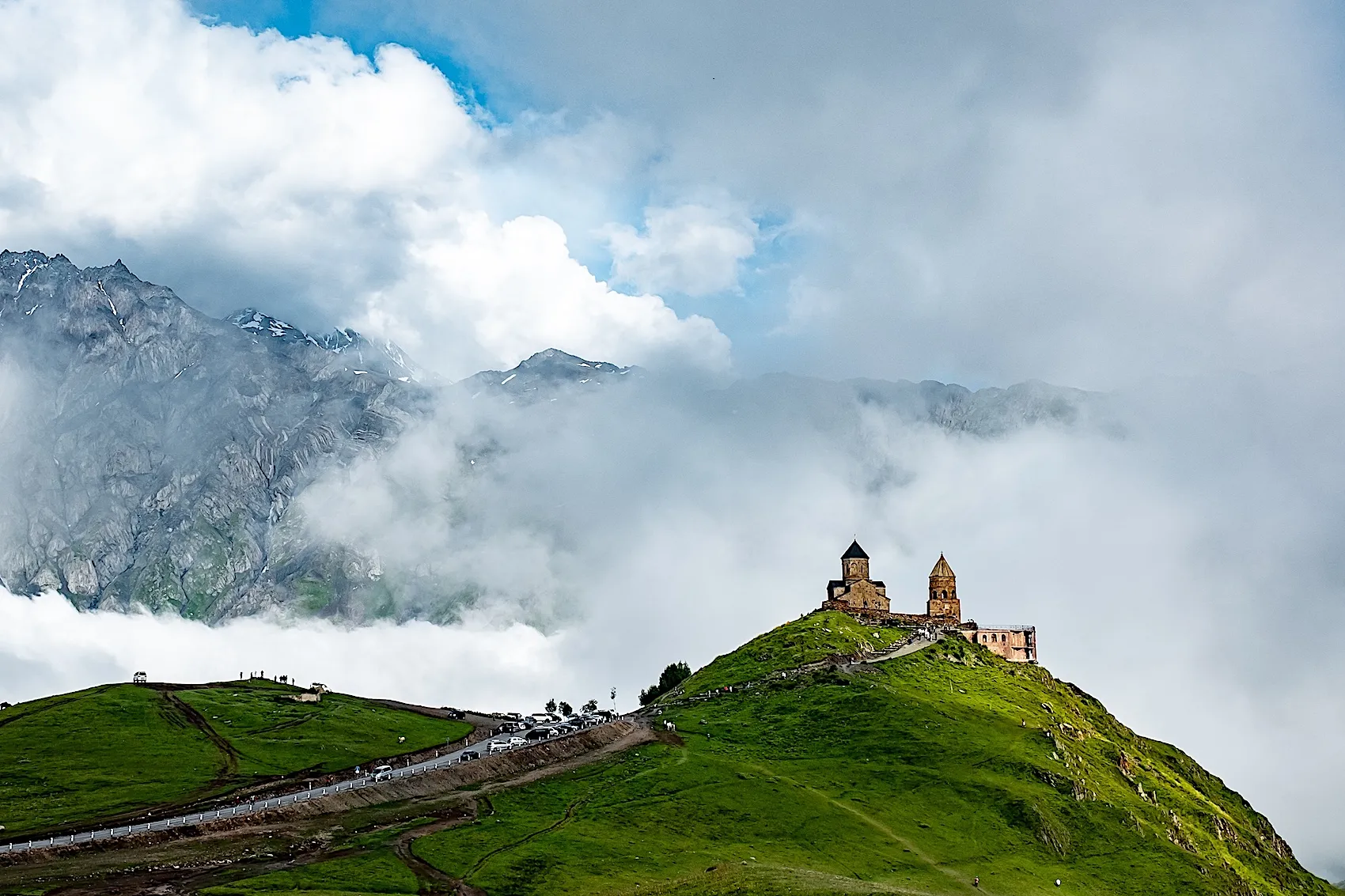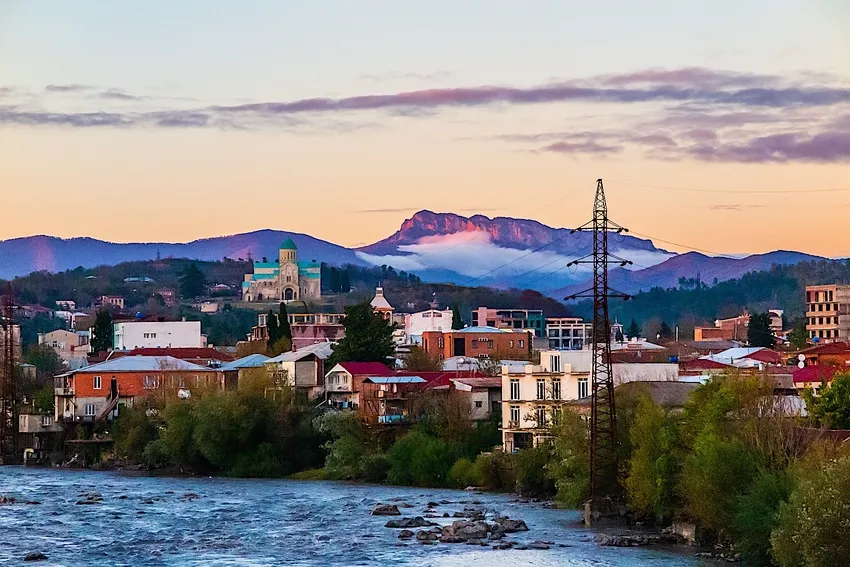-
Tbilisi
Telavi
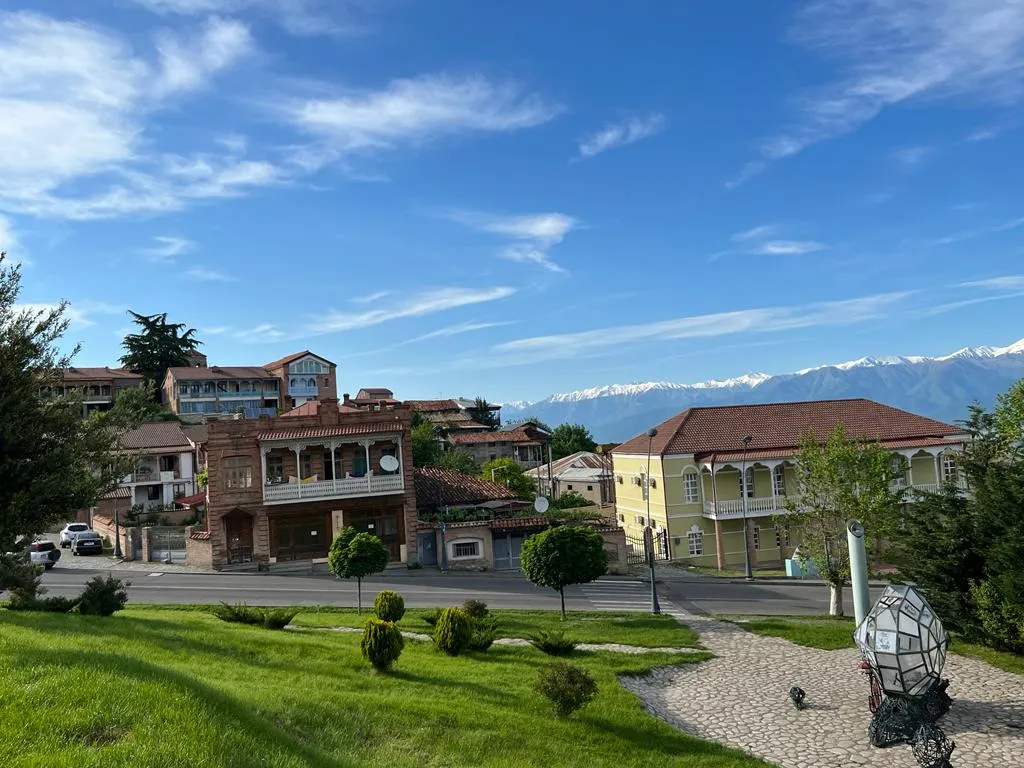
Telavi is the administrative center of the Kakheti region and a small, charming town with narrow streets and traditional households. Telavi is one of the oldest towns in Georgia. The first settlement on the site of modern Telavi is dated to the late Bronze Age. It rapidly developed in the Hellenistic Period and was urbanized in late antiquity. The age of Telavi can be observed in the historical museum of Telavi. This modern museum represents local culture, ethnography, and history with a contemporary charm in a historical place. The Telavi historical museum is located in the fortress of Batoni, in Georgian, Batonis Tsikhe. This fortress was the residence of King Erekle the II, who was one of the most popular, well-known, and admired kings in the history of Georgia. Batonis Tsikhe is a palace where he was born in 1720, and exactly 78 years later, he passed away in the same room of the palace where he was born. He was a great military leader and a warrior. His life is full of battles and hardships of decision-making. His personality and political decisions are widely discussed today, partially because of the Treaty of Georgiyevsk. After this treaty that was put between the Russian Empire and the Kartl-Kakhetian Kingdom in 1783, the kingdom of Kartl-Kakheti went under the protectorship of the Russian Empire, in reality under 100 years of occupation by the Russian Empire. That is why the figure of King Erekle II is controversial today.
What to See
King Erekle II was famous specifically for his thirst and love for education. He was the founder of many schools and educational institutions. Just around the corner inside the palace of the king is a public school of Telavi. This school holds many secrets. Among them is a water well constructed in the basement of the building, which was used as a clean water source during times of invasion. Even this very day, the well is full of clean, drinking water. The school building has changed a lot. In the end, it is a functional public school, but the walls, specifically in the basement of the school, remain the same from the 18th century, so buckle up and visit Telavi, especially because it isn’t only the king’s palace and the school that Telavi has to offer. There are many other things. For example, a “Platanus orientalis” or a sycamore tree that is more than 900 years old and is 12 meters in width and 40 meters in height. This old tree has always been a big part of the local atmosphere, and everyone there knows about the old “Chadari”. Except for Chadari, there is the central square of Telavi, with its mix of modern and traditional architecture. There’s a market in Telavi, or as locals call it, a “bazaar” of Telavi, for those who like to see an unfiltered and totally realistic image of the everyday lives of locals.
Telavi is an important transportation, agricultural, and cultural center in the Kakheti region. There are a number of significant historical, architectural, and cultural monuments around Telavi. The spiritual center of the locals, Alaverdi monastery, is just 15 minutes’ drive from Telavi city center. Alaverdi is one of the few monasteries that has its own wine production. Ikalto Academy, the nunnery of Shuamta, Tsinandali Estate, Lake Lopota, and a large number of local wineries are all in the vicinity of Telavi. In 10 minutes of driving from Telavi, you can meet people with such unique professions as Qvevri making.
How to Get To
Telavi can be reached by public transport or taxi from Didube Bus Station. It is 2 hours away from Tbilisi by Gombori Pass.
Places To See
- Historical Museum of Telavi
- Fortress of king Erekle II
- Chadari
- Central Square
- Nadikvari Park
- School of Art named in honor of Elene Akhvlediani
- Alaverdi Cathedral
- Archangels Complex of Gremi
- Tsinandali Estate
- New Shuamta Monastery
- Old Shuamata Monastery
- Ikalto Academy

